TECH Meets BUSINESS
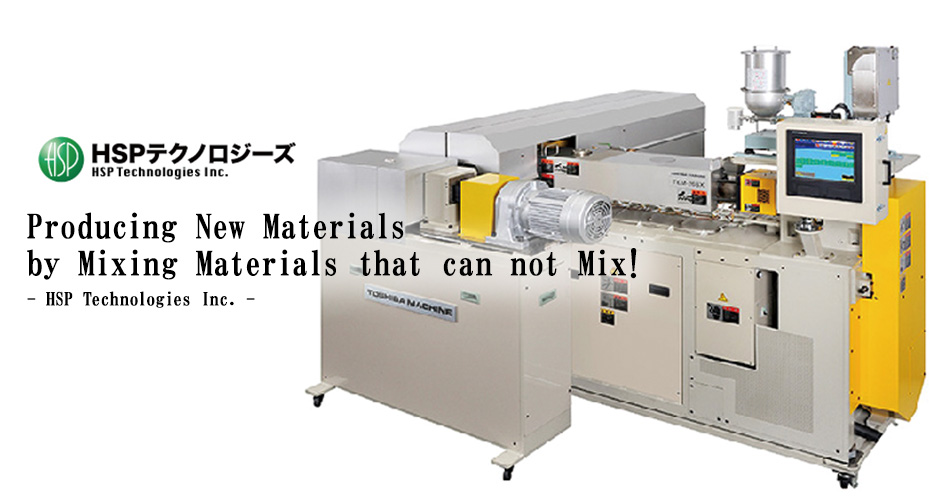
Information terminals such as smartphones and tablets which have increased in number explosively in the past few years, hybrid cars and electric cars that are bringing about a structural change in the automotive industry, and wearable terminals that have been in the news recently.
Today’s interview is with Dr. Shimizu, CEO of HSP Technologies Inc., who is active in the development of new materials for these products.
As the CEO says, “Who knows what the future prospects are for this simple method, that involves just mixing?”
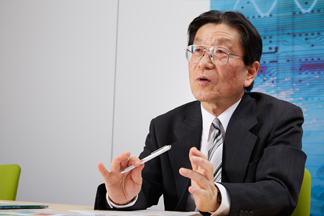
CEO of HSP Technologies Inc. Ph.D. He conducted basic research to understand the mechanisms of conduction of electro-conductive polymers at the former Agency of Industrial Science and Technology of the Ministry of Trade and Industry. Then after the National Institute of Advanced Industrial Science and Technology (hereafter, AIST) was launched, he developed the world’s first technology that enabled resins to be mixed at the nano-level. In 2010 he was the recipient of the 18th Chemical and Bio-technology Tsukuba Award for the development of this technology. At present he is conducting research into the mass production and expansion of sales channels of new materials at this company.
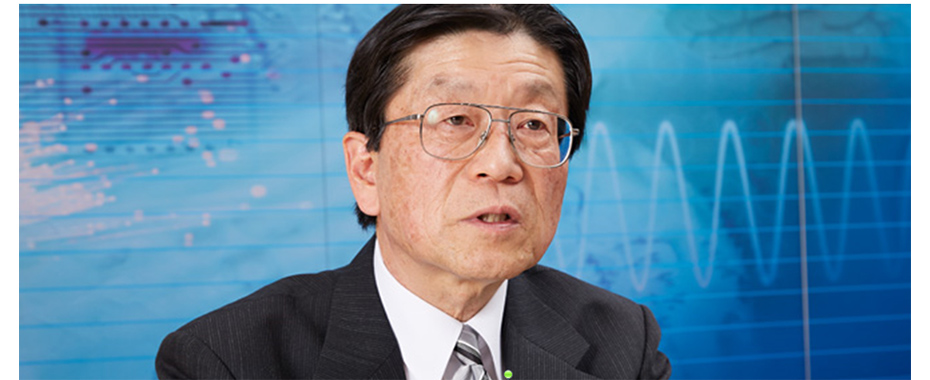
New materials can be made by just mixing, this is a new technology of which we are proud
Firstly, please tell us about the research you have done up until founding of the company in June 2011.
As an AIST researcher I participated in national projects on precision polymer technology, and conducted basic research. We verified what processing technologies were effective for obtaining nano-scale structures internally in compound materials that were a mixture of different polymers.
― Was it as a result of this that you established this world’s first technology?
Shimizu:Yes. Simply stated, this is technology for uniformly mixing different types of polymer materials together at the molecular level. With this technology environmentally friendly and efficient new materials can be produced, without depending on fossil resources as well as metals, rare metals, and substitute materials for glass. The patent covering this technology for mixing that realizes a fine nano-level internal structure material is our company’s possession. Our strength is the uniqueness of this technology. A more detailed image is as follows. With conventional methods it was difficult to uniformly mix two types of polymer material, A and B, but with our company’s new technology the molecules of A and B can be uniformly mixed. By mixing them together finely, the material behaves as if it is a new material C with the properties of both.
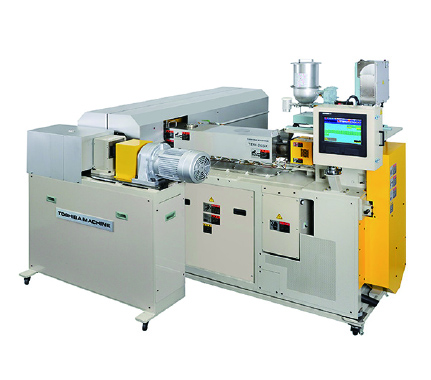
Mass production model jointly developed by HSP Technologies Inc. and Toshiba Machine Co., Ltd. “Completely continuous high shear processing machine”. (Photo provided by Toshiba Machine Co., Ltd.)
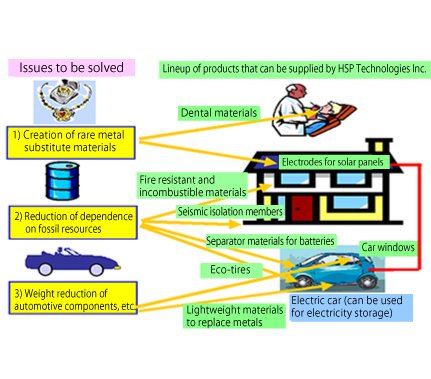
Substitute materials can be provided for situations where metals, fossil resources, and rare metals are used.

A leading figure on electron microscopes was astonished that such a fine structure could be produced
― What are the merits of finely mixing?
Shimizu:There are basically 2 advantages of fine mixing. The first is it enables the creation of innovative materials, and the second is that by combining conventional materials good properties can be obtained. The quality of products is raised by improving the performance of the materials, so this is an extremely attractive technology for companies.
The reason for mixing raw material in material development is to be able to use the good properties of both A and B together. However, with coarse mixing the required properties cannot be obtained.
For example, if material A which does not conduct electricity such as rubber is mixed with material B which does conduct electricity, then if the mixing is coarse the product does not conduct electricity well. However if fine mixing is performed using this new technology then the properties of B are uniformly dispersed, and a product that can conduct electricity and that can extend and contract like rubber is obtained. This material can be used in wearable terminals, etc., which have recently been making news. Providing a material with both properties is only possible using this mixing technology at present.
Also, if the original materials are transparent, then if they are coarsely mixed the product will be clouded white, but if mixed together with the new technology the product can retain the transparency. These can be used as a substitute for heavy glass parts, so products can be made lighter, and this is attracting attention in particular for automobile windows, and transparent panels for smartphones and tablet terminals.
― And only your company has the device for accomplishing this?
Shimizu:Yes. The conventional wisdom to date was that even if a material was refined there was a size limit, but our device succeeds in overcoming that limit and can disperse and mix more finely. This technology is the basis for a patent.
We asked a leading figure in electron microscopes to carry out verification after this technology was developed, but when he saw it he was astonished that such a fine structure could be formed. That was because different polymer materials had been mixed at the molecular level, which is not possible with normal mixing. Last year we developed a device that can continuously produce new material. This mass production model has attracted attention because it enables companies to produce new materials themselves, and we have received many inquiries from companies after it was announced.
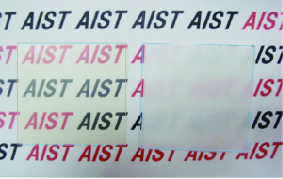
A PC/PMMA alloy transparent sheet produced using the HSP Technologies processing technology (left), and a PC/PMMA alloy sheet produced by conventional processing technology (right) With the conventional combination method the alloy is clouded white, but with nano-level mixing it is transparent.
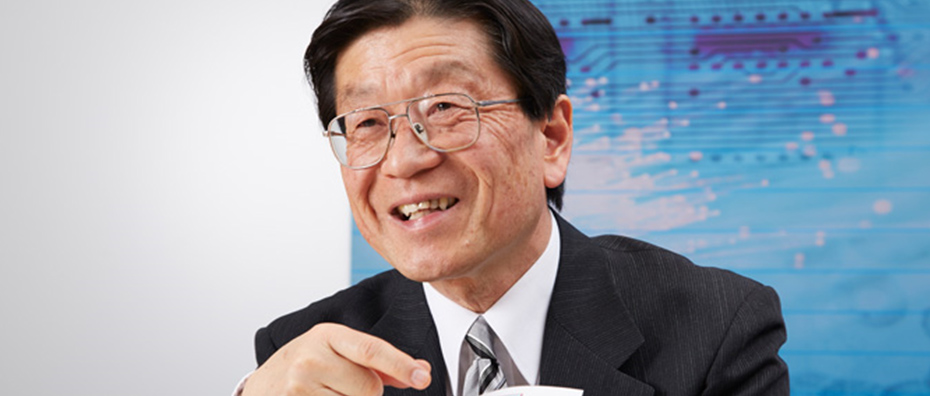
Development of new materials without spending large amounts of time and cost is enabled
― In what areas will the materials produced by this technology be used?
Shimizu:The materials can be applied in various industrial fields, but in particular they can be applied in industrial fields as a substitute for metals and rare metals, in the field of transparent materials as a substitute for glass, and in industrial fields where the use of fossil resources is to be minimized as much as possible. There is an opportunity for our technology wherever there is a desire to get something more from a material that is currently being used. This is because by using this mixing technology we ourselves can control the properties to make up for what is lacking in the present material.
We worked on the material that can be stretchable and conduct electricity referred to previously. Out starting point was the observation that there was a wish that electrodes that were difficult to bend could be made more flexible. Providing electrodes with elasticity immediately expands the potential of products using electricity. Research is in progress on application to wearable terminals that can be worn on the human body and sensors with shapes that were not possible previously.
The more a customer wants to get more out of a material, such as make it more transparent while retaining the same properties, or increase the strength with the same material cost, or further strengthen the properties, etc., then the more this new technology will evolve and the number of uses will increase.
― I have heard that it is possible to give non-metal materials the same properties as metals.
Shimizu:Yes. The development of materials as a substitute for rare metals has been a problem from some time past. In particular it is anticipated that the use of platinum will rapidly increase in solar panels and fuel cells, etc., but taking into consideration the reserves and rates of extraction it is considered difficult to satisfy the future demand in the same way. For this purpose our company’s new technology will be of use.
In the case of platinum, at present a substitute material has been developed having the same incident photoelectric conversion efficiency by combining 3 types of material. This has been achieved thanks to the technology for fine mixing at the nano-level. In addition research is in progress on new materials to substitute for palladium, etc., which is used in dental materials.
― It is just a mixing process, so it is very simple and easy to understand.
Shimizu:That is right. The keyword of the technology is “simplification”. The practice of mixing at the nano-level is just mixing. With normal material mixing, chemical processes are used or a surfactant is introduced between the materials. However with our mixing technology, forming a composite at the nano-level is achieved just by mixing for several 10s of seconds.
The mixing is really very easy. If the heat resistance is insufficient, then blend with a material with excellent heat resistance, and the same applies for combining a coating that requires wear resistance, etc. It is simple so there are many ways of producing materials. As a result it is considered that the effect will be great, the same as for the development of new plastic materials. The process is extremely simple, so the enormous time and cost of material development can be dramatically reduced. This is of use to any company that requires materials.
We are proud of the fact that the high quality of the materials produced has been recognized throughout the world. Companies that have seen demos or actual products have shown great interest in our company’s technology.
― At present what companies are you receiving inquiries from?
Shimizu:We are getting interest from various fields, such as resin manufacturers that are conducting material composite projects, automobile manufacturers and automobile parts manufacturers that are interested in weight reduction, electronics companies that want to use flexible electrodes in wearable terminals, manufacturers dealing with transparent panels for smartphones and tablet terminals, etc. We expect that the number of inquiries will increase when we start selling the mass production machine. At present we are receiving inquiries regarding joint research to produce new materials, as well as regarding tests for introducing new devices, and having discussions regarding materials with properties that the customer wants to have.
― Tell us about your vision for the future.
Shimizu:We recognize that there are 2 factors for expanding our results. The first is to respond to the needs to supply small volume high added value new materials as a venture company that can effectively maneuver. At the same time we need to proceed with the development of mass production machines in order to propagate this technology. It is likely that 2015 will be a year of growth with many years of research coming to fruition in the development of the mass production machine. We intend to utilize this opportunity to produce future business growth. Only this mixing technology has the power to bring about innovation in the industrial field, and it has been highly evaluated overseas. The company takes its name HSP from the initial letters of the English translation of the new technology, namely “High Shear Processing”, so it incorporates the thought of spreading the name of this technology throughout the world. In the future I want to cultivate the company to continue to provide new materials.

(Left) Electrode material that can be stretchable like rubber can be produced.
(Right) With conventional mixing roughness can be seen on the surface (left), but with nano-level mixing a beautiful surface can be obtained (right).
* The contents of this article are based on information as of February 5, 2015.
株式会社HSPテクノロジーズ
〒305-0047 茨城県 つくば市千現2-1-6
つくば研究支援センター つくば創業プラザ103
Mail. info@hsp-technologies.co.jp
http://hsp-technologies.co.jp
*Application field
・新規ナノコンポジット材料の開発・製造・販売
・CNT等高充填マスターバッチの製造・販売
・高せん断成形加工
・完全連続高せん断加工機 販売
・材料試作の受託・共同研究
HSP Technologies Inc.
2-1-6 Sengen, Tsukuba City, Ibaraki Prefecture, Japan 305-0047
http://hsp-technologies.co.jp/?lang=en
*Application fields
・Development, manufacture, and sale of new nano-composite materials
・Manufacture and sale of high filling masterbatch for CNT, etc.
・High shear processing
・Sale of fully continuous high shear processing machines
・Contract and joint research on prototype materials

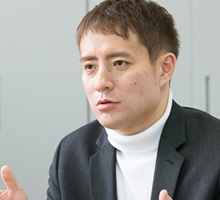
Research Institute for Earth Science Visualization Technology Co.,Ltd.
Visualizing the History of the Earth, and Creating a “Museum of the Future”!
- Precision 3D Modeling and Projection Mapping –


Mottainai Energy Co., Ltd.
Brightening the Future with Electricity Produced from Heat!
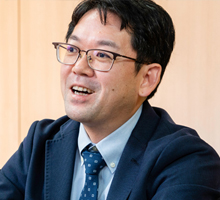
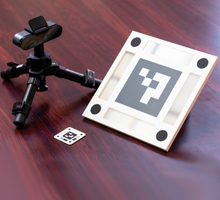
LEAG Solutions Corporation
New image measurement for the smart society!
- 3D position and attitude measurement using high-accuracy markers -
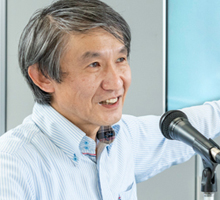

HikariPath Communications Co., Ltd.
Realtime 4K video eliminates distance using new optical communication technology!
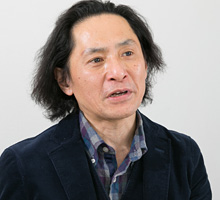
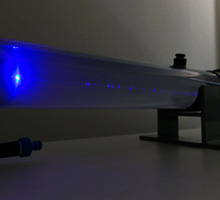
Trimatiz Limited
Manipulating light to open up the future! Technology for measuring the unknown underwater world
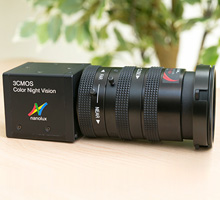
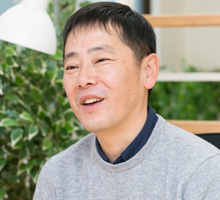
Nanolux co. ltd.
Deliver Color Images in Darkness! Unique Technology Enabling Color Image only by Infrared Illumination
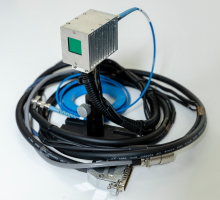
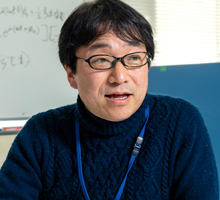
SteraVision Co.,Ltd.
Realizing an Eye that can See like a Human!
– Development of Optical Steering Device and New Standard Lidar -
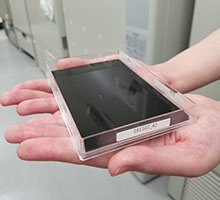

ProteoBridge Corporation
Reproduce human on the palm !
-Development of the world's first human protein array-
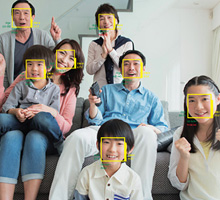
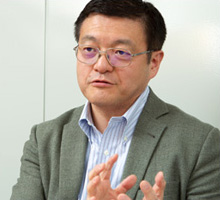
Site Sensing Inc.
Expanding a New Business with Excellent Measurement Technologies for Tracking, 3D Modeling , and Face Recognition
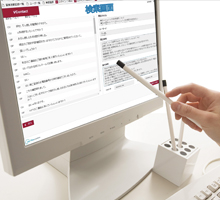
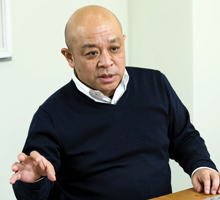
Hmcomm Inc.
Controlling Voice to Open Up Next Generation Business!
- Commercializing AI and Voice Recognition Technology -
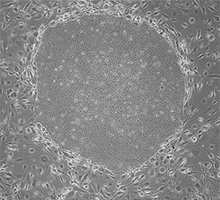
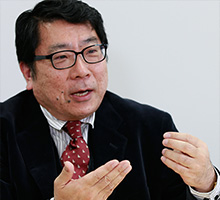
TOKIWA-Bio Inc.
Automatic Generation of iPS Cells!
- Contributing to Gene Therapy Worldwide -
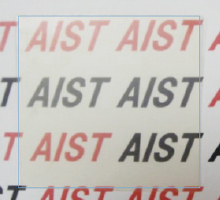
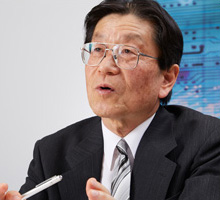
HSP Technologies Inc.
Producing New Materials by Mixing Materials that do can not Mix!
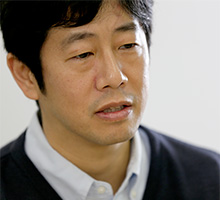
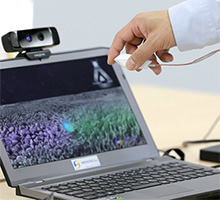
MIRAISENS,Inc.
A feeling as if things were really there!
~ Digitization of physicality and bodily sensations ~
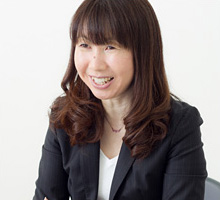
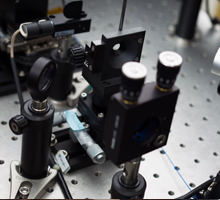
PicoTherm Corporation
Supporting information society by technology to measure thermophysical properties
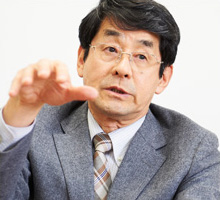
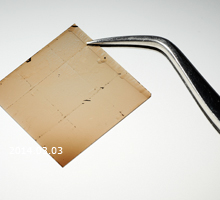
EDP Co.
Dedication to the ultimate material, diamond
